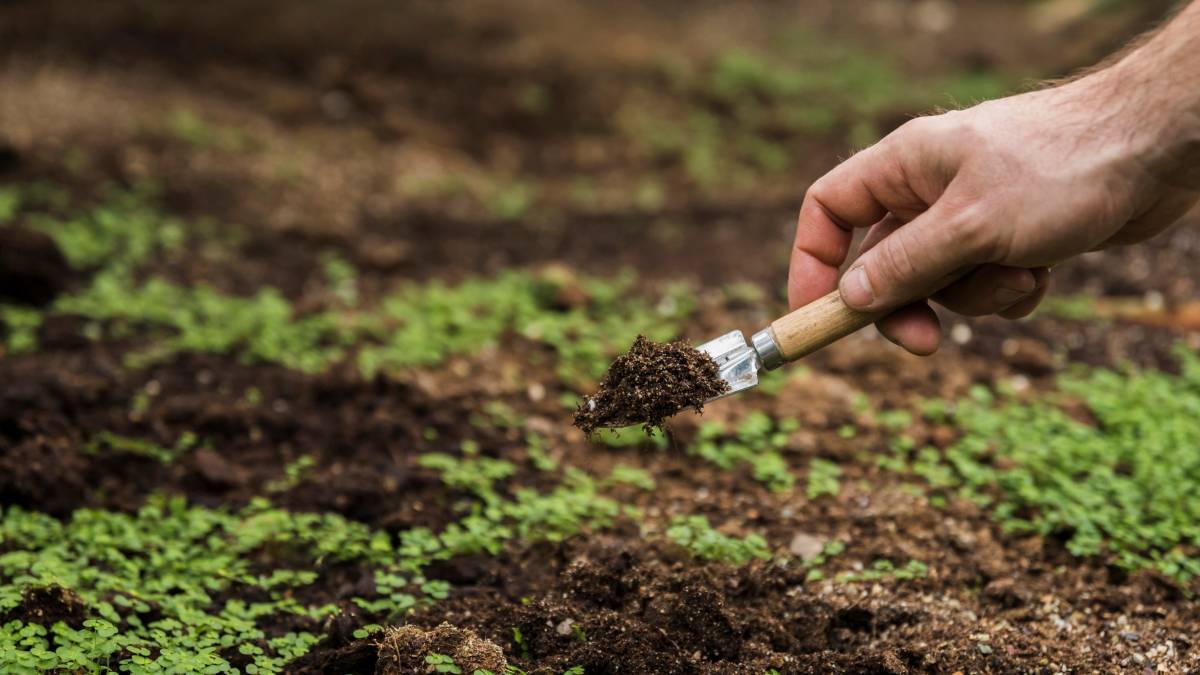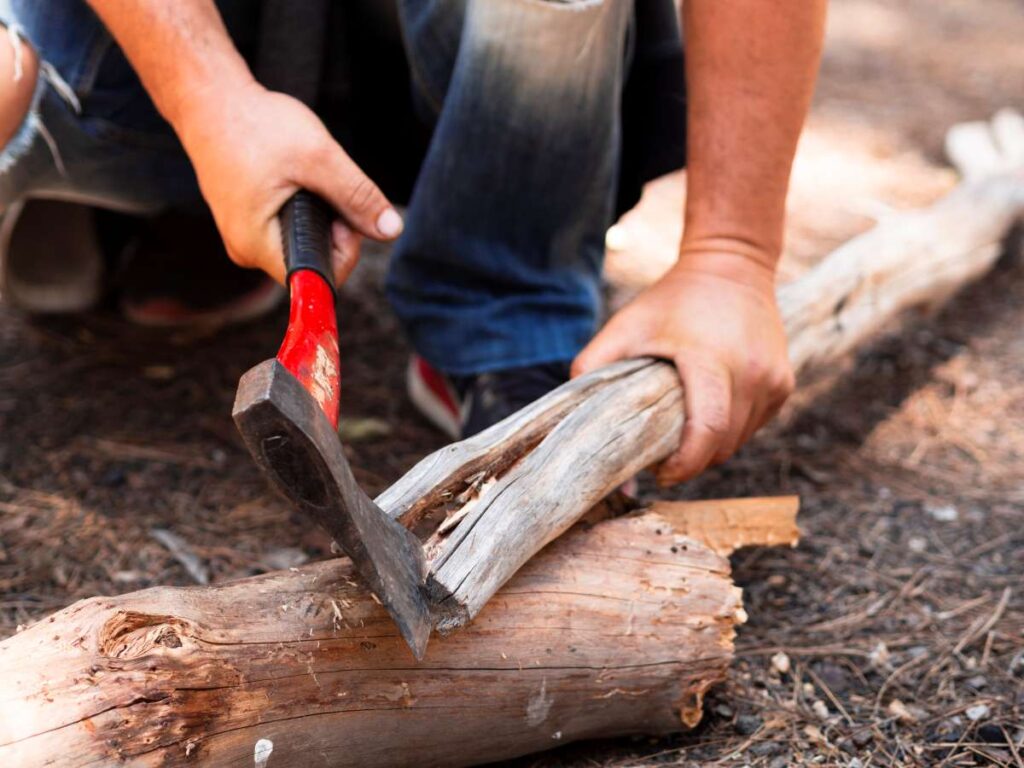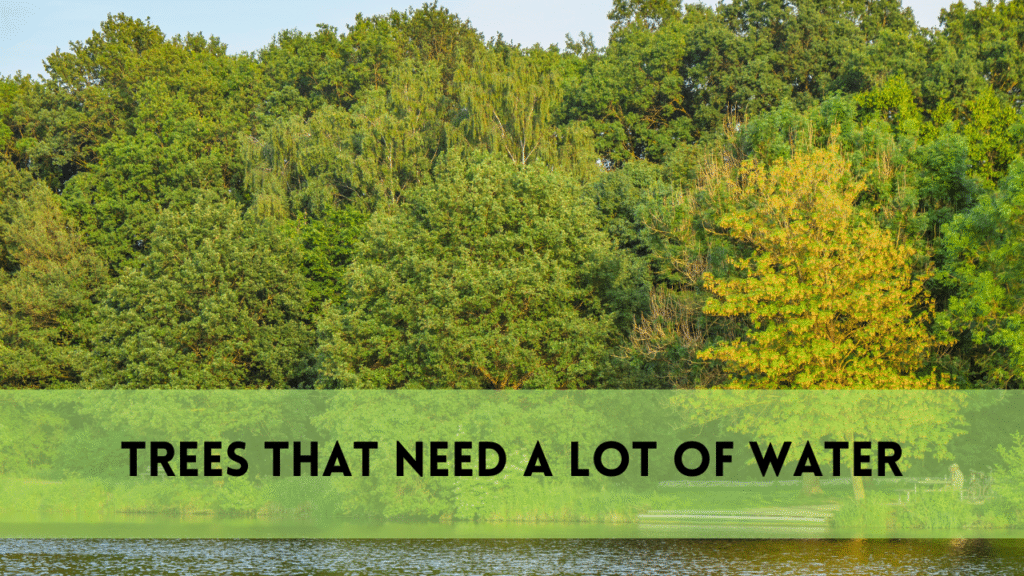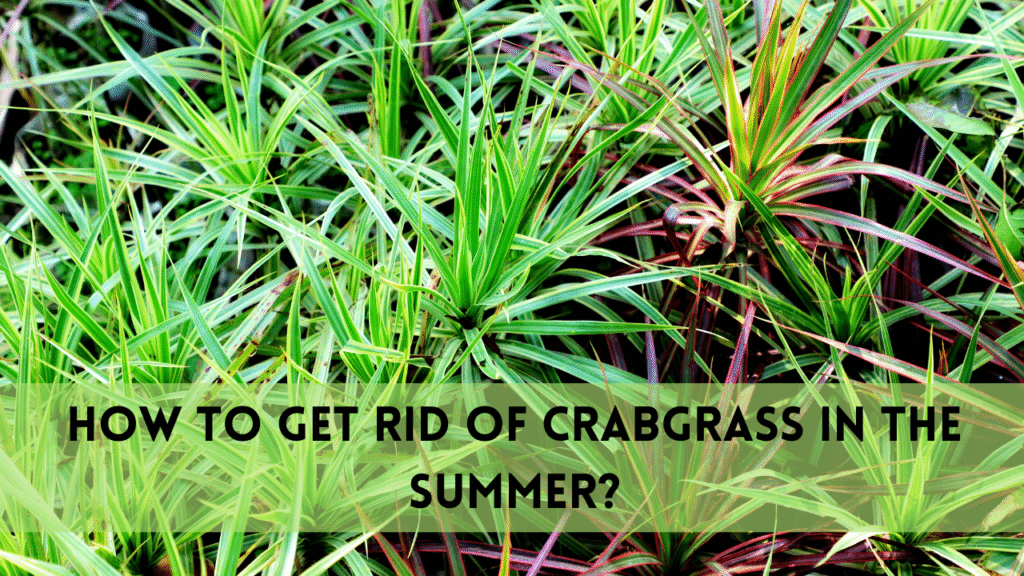For those who are a Midwest homeowner who dreams of a lush green lawn, timing is the most important factor. The best time to plant grass seed in the midwest for a lush lawn depends on the understanding of the unique climate in the Midwest. Summers are hot, and winters are brutally cold. Plant too early and frost can cause the death of the seeds. Plant too late and your grass will not last through winter. So, when should you plant seeds for the most effective outcomes?
Let’s look at it season-by-season, and provide practical tips to make sure your lawn is healthy.
Why Timing Matters for Planting Grass Seed
Grass seed requires the proper combination of moisture, warmth and light to sprout and develop solid roots. In the Midwest the weather can change rapidly between seasons, making the timing of your planting crucial.
The most suitable moment to begin planting grass seeds throughout the Midwest is in the early autumn (late between mid-September and August) or the spring (April to the beginning of May). These window times offer optimal conditions, moderate temperatures, constant rainfall, and fewer weeds competing to take nutrients.
Fall: The Best Time To Plant Grass Seed in the Midwest
The autumn months are, without doubt the best time to start planting grass seeds throughout the Midwest. Here’s why:
1. Cooler Temperatures, Better Growth
The cooler weather of autumn brings still-warm soil that is perfect for the germination of seeds. Contrary to summer’s extreme heat which can cause dryness in seeds, the mild fall weather aids in the establishment of roots prior to winter.
2. Fewer Weeds to Compete With
The weeds die down in the fall giving your lawn an opportunity to fight. With no invasive weeds that eat nutrients and sunlight the grass will thicken and grow nicely.
3. Consistent Moisture
Midwest autumns typically bring constant rainfall, decreasing the need for continual irrigation. Rainfall from nature ensures that the soil remains moist, allowing seeds grow without drowning.
When Exactly Should You Plant?
Try to plant in late August until mid-September. This will give grass 6-8 weeks of growth time before getting the initial frost. If you do not miss this time early in October, it is still possible to be productive, but the closer you are to winter, the more hazard it gets.
Spring: The Second-Best Option
If you didn’t get to fall then spring is the ideal time to plant grass seeds throughout the Midwest. But, it also comes with some challenges.
1. Unpredictable Weather
The springtime In the Midwest can be an up and down ride: warm one day, then freezing the next. A late frost could damage the tender grass.
2. Weed Competition
The spring season is the best time to plant the growth of weeds. Dandelions and crabgrass sprout rapidly taking resources from the grass seeds.
3. Best Planting Window
The best time to plant is mid-April through early May at which point soil temperatures will consistently reach 50-65 degrees Fahrenheit. This will ensure that seeds sprout before the summer heat begins to set in.
Can I Plant New Grass Seed Even If It’s Cold Outside?
It’s a question that is frequently asked-What do I have the ability to plant grass seeds even though there’s a cold snap outside? The short answer is that it all depends.
- Late Autumn Dormant Seeding Many gardeners plant seeds in November’s last days just before the snowfall. The seeds remain dormant until spring and grow naturally. It can be effective, but it is more risky than fall planting.
- Winter plant: Avoid it. The ground that is frozen stops germination seeds could rot and be eaten by birds.
If you have to plant later plant, select cold-tolerant grasses such as Kentucky bluegrass and tall fescue.
Grass Types Matter: Picking the Right Seed for the Midwest
Some grasses are not suited to the Midwest. Here are the top options:
- Kentucky Bluegrass: Likes cool weather It spreads well and can recover from injury.
- Tall Fescue: Drought-resistant, deep-rooted, excellent for variable Midwest weather.
- Perennial Ryegrass: Germinates quickly and is ideal for overseeding lawns with thin grass.
Find the right grass type for the time of your planting for most effective results.
Common Mistakes to Avoid
Even if you decide to pick the most suitable moment to plant grass seed within the Midwest making these errors could cost you your investment:
- Skipping Soil Prep A compacted or poor soil can’t allow for growth. Aerate and compost prior to planting.
- The term “over-” or under-watering Maintain soil moisture but not soaking wet. A lot of water can drown seeds, while too little dry them out.
- Mowing too soon Do not cut until the grass is 3 inches tall prior to the first cut to prevent damage to young roots.
Final Thoughts:
The most ideal timing to put in grass seeds to grow grass in the Midwest is in the early autumn with spring to come in as a back-up. If you know the local climate selecting the best grass species, and staying clear of common mistakes, you can ensure your lawn is set to be successful.
Don’t forget that lawns aren’t growing over night. If you’re careful with your planning, maintenance landscape, and attention, you’ll be able to be surrounded by a lush and envy-inducing yard in a flash.
FAQs
What can I do to grow grass seeds during summer within the Midwest?
The summer heat can be a problem, as it stresses seeds. If you have to frequent watering, select plants that are tolerant of heat.
How long will it take to allow grass seed to germinate within the Midwest?
The majority of grasses grow in 7-21 days. However, full growth takes six to eight weeks.
Do I need to fertilize before planting grass seeds?
Yes, you can use an initial fertilizer to increase growth, but be careful of high-nitrogen mixes that may cause burning of seeds.
Do I have the ability to walk on freshly laid grass?
Avoid the heavy traffic for a minimum of one month to avoid soil compaction and the damage.
What happens if my grass seed does not grow?
Be sure to check soil condition as well as watering practices and the timing. Overseeding during the next season may help fill in bare areas.




